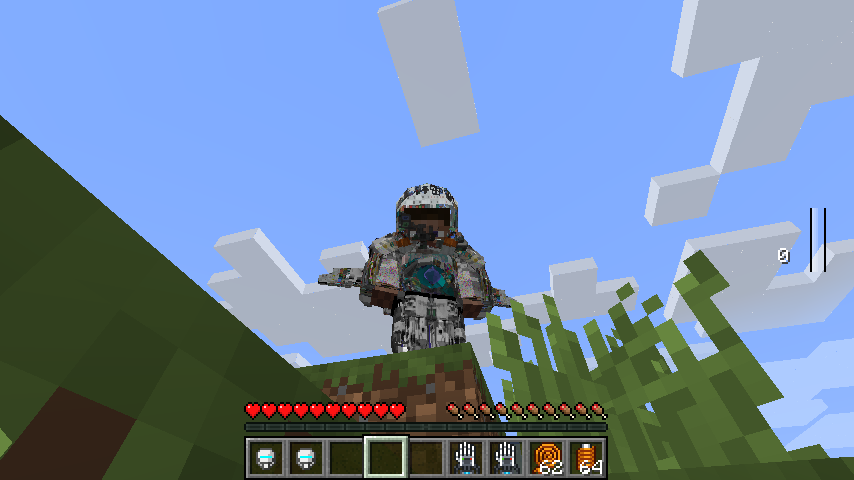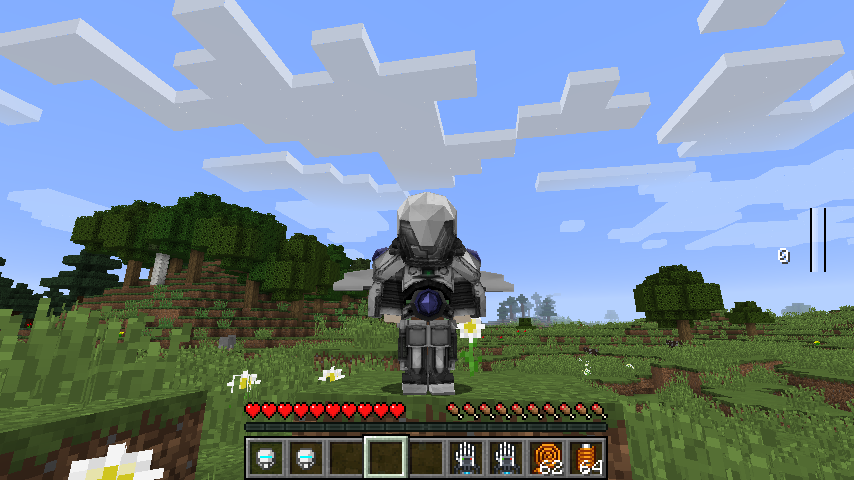Everything posted by lehjr
-
Probably the noobiest question ever: where do I find older source codes to download?
Support for 1.7.10 was dropped awhile ago. The issue is that it's simply impossible for Forge and mods to move forward if they are tied up with older versions. And while there is a strong ecosystem for 1.7.10 left for mods, it's also a bad mixture of outdated mods and mods that continually update, sometimes breaking compatibility. If you target a version no longer supported by Forge, then you simply cannot get help here or in the forge IRC channel. It's something to keep in mind if you choose to stick with older versions, that and if you rely on another mod's API, and that API has multiple versions within the same Minecraft version, you're going to have to pick one and deal with the bug reports from that choice alone.
-
Probably the noobiest question ever: where do I find older source codes to download?
Check if the repo has different branches, left side of the page just below the "commits". If you're lucky, there will be different branches for different Minecraft versions. Not all will have this, and not all mods will be on GitHub. Some will be on BitBucket. Others may be in a private repo somewhere.
-
[1.10.2] Wildly differing performance on comparable machines (possible AMD GPU issue?)
There's always SHIFT + F3 to show the pie chart to get a general idea of what is causing the performance issues. I was getting about 5 to 10 fps on my HD 7790 and ended up having to set mipmapLevels to 0.
-
[SOLVED][1.10.2] Wavefront model texture issues (Modular Powersuits)
So after digging into the model loading system it looks like the model loading is a different process than what it appears on the surface. When using JSON files to load models, textures are registered automatically in that process, but not if you load the textures yourself. There's also the OBJLoader's internal cache, which means that loading the OBJModel before the texture is registered will result in storing a broken copy of the model. This means that you won't be able to get the textures by OBJModel#getTextures() in order to register them. Of course you could just use your own loader and add a section that loads without the cache so you can use OBJModel#getTextures() to get the textures and register them. Then later on load again with the cache. So if your texture looks like this when you load the OBJ model, your mapping is lost: TextureAtlasSprite{name='powersuits:items/armor/diffuse', frameCount=0, rotated=false, x=0, y=0, height=0, width=0, u0=0.0, u1=0.0, v0=0.0, v1=0.0} If it looks like this then it should work: TextureAtlasSprite{name='powersuits:items/armor/diffuse', frameCount=1, rotated=false, x=1024, y=512, height=512, width=512, u0=0.25, u1=0.375, v0=0.25, v1=0.5}
-
[SOLVED][1.10.2] Wavefront model texture issues (Modular Powersuits)
I have some wavefront armor models that I'm having texture issues with. If I load and bake them manually, the texture displayed looks like it's the entire texture sheet instead of the model textures. For testing purposes, I created some dummy items and blockstate files for them, and going that route the models load fine and render fine. Any hints as to where to look to fix this would be appreciated. Models are all here: https://github.com/MachineMuse/MachineMusePowersuits/tree/1.10.2-Java/src/main/resources/assets/powersuits/models/item/armor The working JSON files that I used to load with dummy items are here: https://github.com/MachineMuse/MachineMusePowersuits/tree/1.10.2-Java/src/main/resources/assets/powersuits/blockstates Rendering is done through quads, starting here: https://github.com/MachineMuse/MachineMusePowersuits/blob/1.10.2-Java/src/main/java/net/machinemuse/powersuits/client/render/modelspec/RenderPart.java and ending here: https://github.com/MachineMuse/MachineMusePowersuits/blob/1.10.2-Java/src/main/java/net/machinemuse/powersuits/client/render/modelspec/ModelPartSpec.java#L47-L63 And yes, the rest of the mod is still a bit of mess that I'm cleaning up.
-
Techne Missing?
There's also IChun's Tabula. I used it to redo the Power Fist for Modular Powersuits (1.10.2) for dual wielding. The exported code still works since ModelBase is still a thing, so far. There's also a tool somewhere on the curse forums to convert the Tabula model to a Wavefront model, just in case you wanted to go that route.
-
[1.7.10] Can't compile MinecraftForge from source with gradle?
I just tried it on my system and it did build without a hitch ( clone, change to 1.7.10 branch, then gradlew setupForge, and finally gradlew build) . Did you by chance miss the step gradlew setupForge? I would try just checking out a new copy in another folder and seeing if you can get it to build without changes.
IPS spam blocked by CleanTalk.


